Torchwood Rewatch: Fragments (S2E12)
The second season of Torchwood makes an interesting choice by going with a set of flashback sequences for its penultimate episode.
A long-running Doctor Who fandom podcast aimed at open and positive discussion.

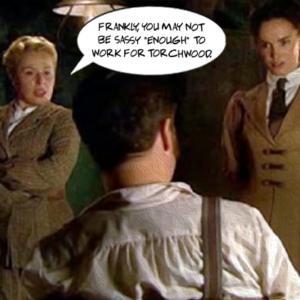
The second season of Torchwood makes an interesting choice by going with a set of flashback sequences for its penultimate episode.
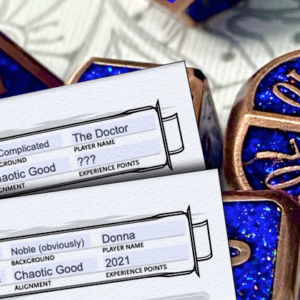
Using the classic role-playing-game grid of good-to-evil, lawful-to-chaotic, we see how Doctor Who characters past and present align themselves…or fail to be so defined.
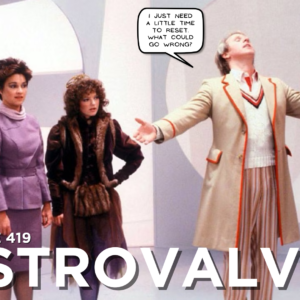
With the unraveling of a scarf and the donning of a smart cricket jumper, the Fifth Doctor’s era begins in earnest in the opening story of Season 19.
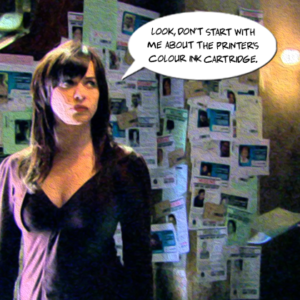
Gwen learns of another disturbing aspect of dealing with the Rift, and we all take a blow from Chris Chibnall’s ability to write emotionally charged scenes.
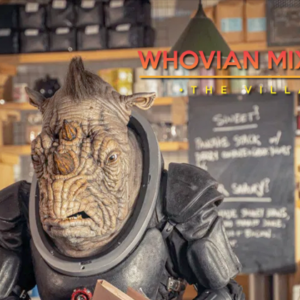
No one stopped us the last time, so we’re at it again; mixing drinks to pay tribute to our favorite adversaries of the Doctor.
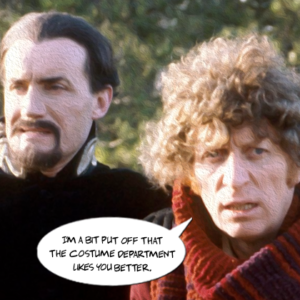
At long last, our enjoyment of the Fourth Doctor era in our rewatch of “classic” Doctor Who stories comes to a close with the final story of the 18th season.

We spin up some oldey-timey footage of circus sideshows and try and determine exactly who the ‘Night Travellers’ were, why they were doing whatever nefarious things they did in a century ago, and how they were captured in celluloid in the first place.
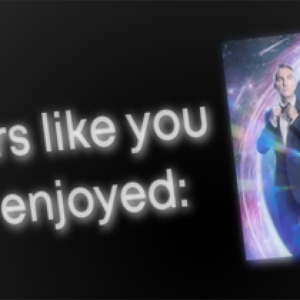
If you had just one shot (daresay, one opportunity) to catch the attention of a new viewer with a single episode of Doctor Who based only on their preferred TV genre…could you name it?
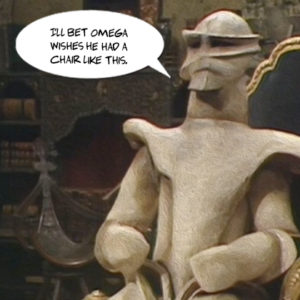
With more affection for Anthony Ainley than we can reasonably ‘master’, we collectively praise a well-told and well-executed long-game villain payoff.
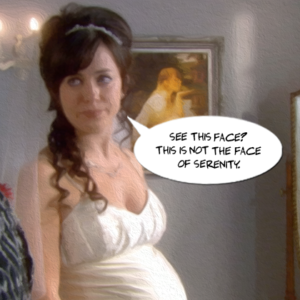
Phil Ford is back in the writing credits for one of the strongest humor-horror-high-anxiety stories of the second Torchwood season, but we have a difficult time discerning which categorization best fits.